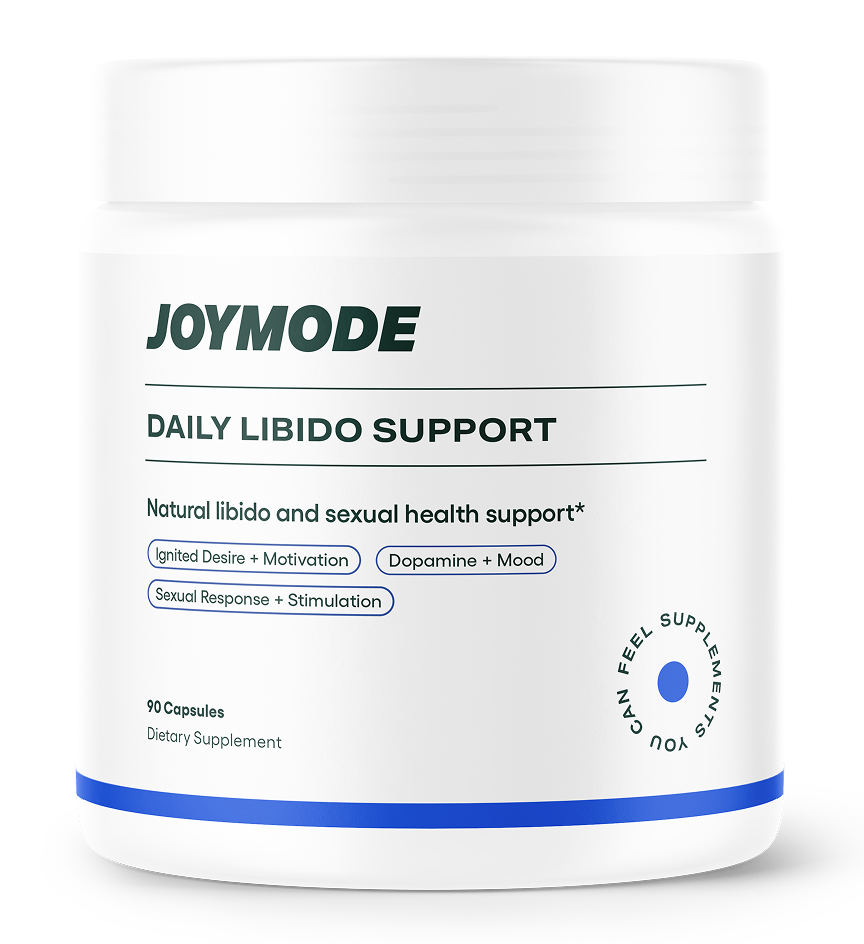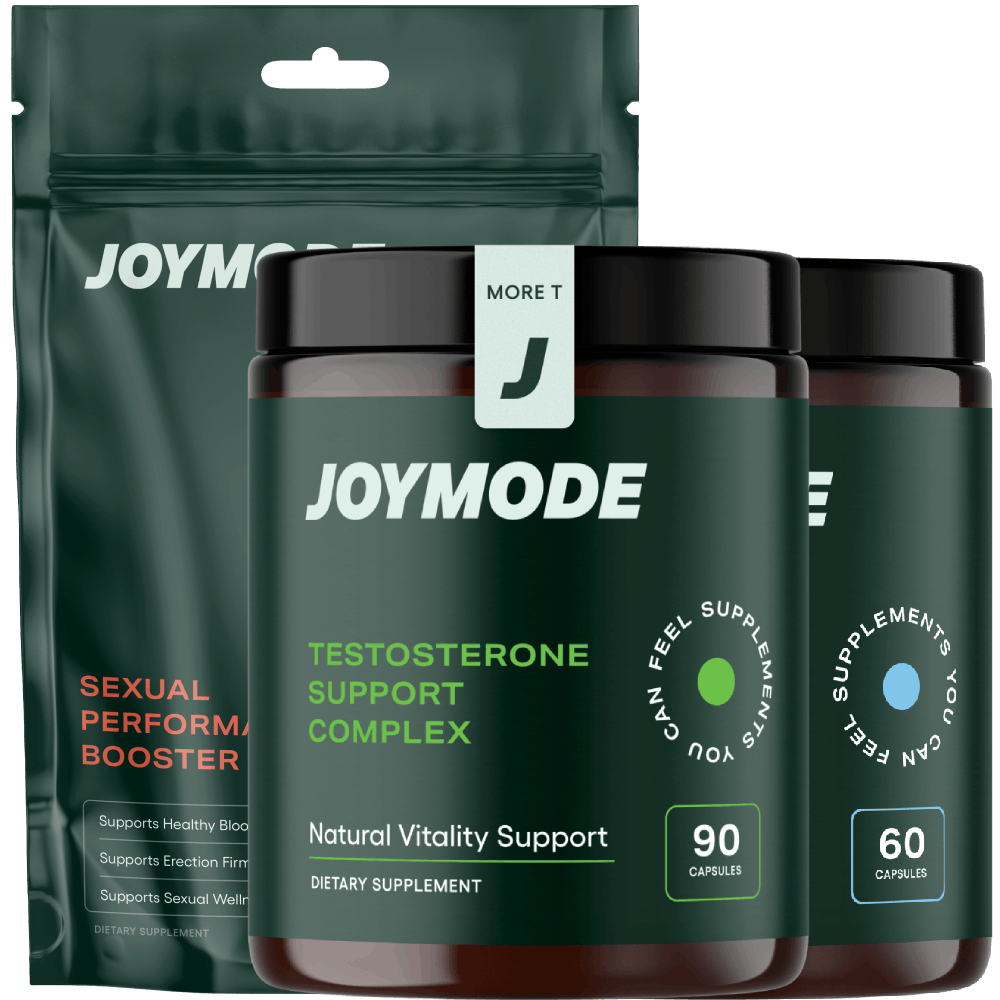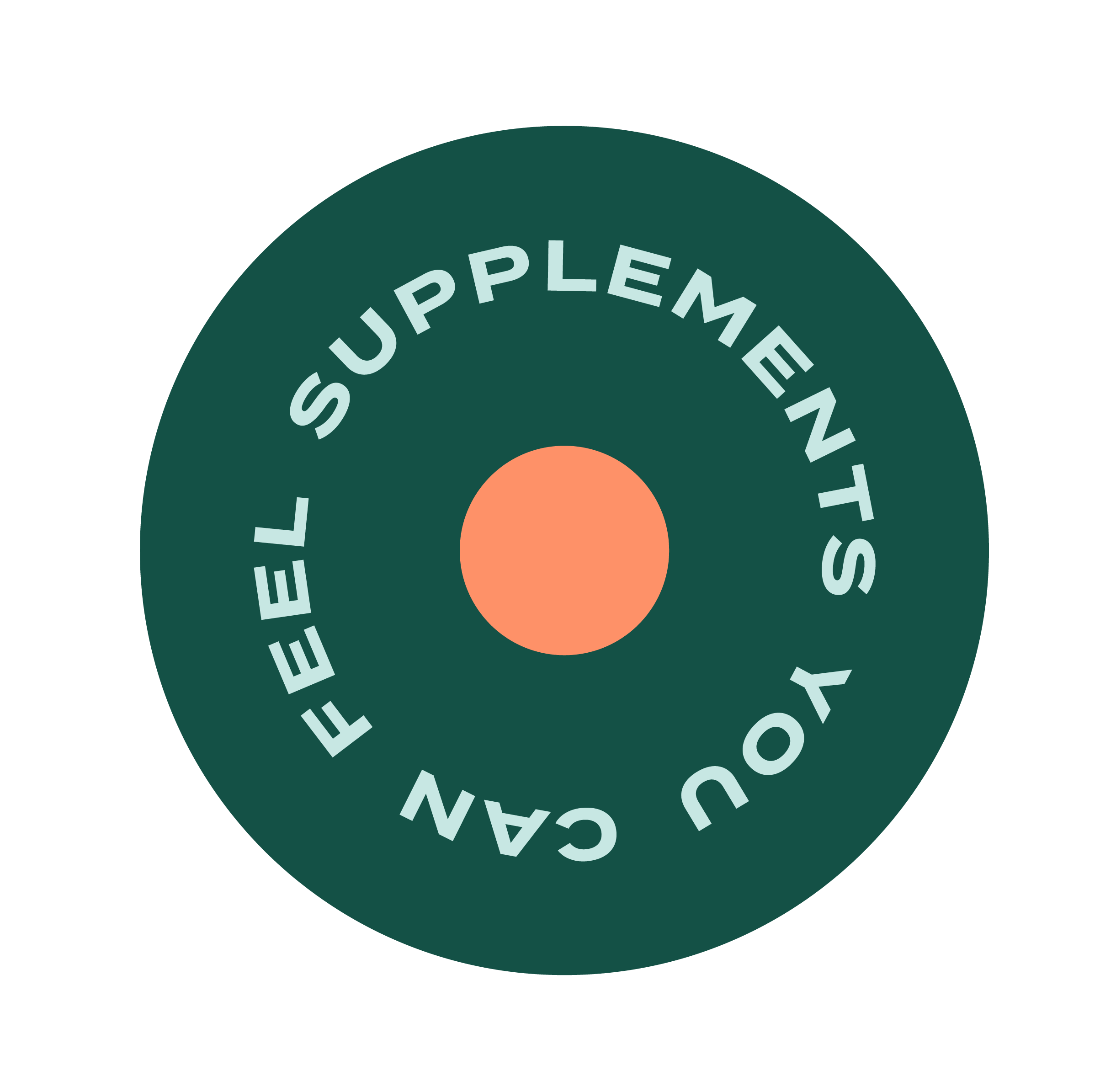Table of Contents
- 8 Actionable Tips To Improve Blood Flow
- 1. Incorporate L-Citrulline and L-Arginine Supplements
- 2. Stay Hydrated
- 3. Engage in Cardiovascular Exercise
- 4. Use Compression Gear
- 5. Include Warming Up and Cooling Down in Your Routine
- 6. Practice Deep Breathing Exercises
- 7. Optimize Your Diet for Blood Flow
- 8. Prioritize Recovery and Sleep
- The Bottom Line
- Frequently Asked Questions
- 1. What are the main benefits of improved blood flow for athletes?
- 2. How long do L-citrulline and L-arginine take to improve blood flow?
- 3. Can beginners use L-citrulline and L-arginine safely?
- 4. Is it better to use L-citrulline or L-arginine?
- 5. Are there natural food sources for L-citrulline and L-arginine?
- 6. Can other supplements improve blood flow?
Good blood flow is essential for overall health and athletic performance. It helps deliver oxygen and nutrients to muscles, assists in waste removal, and improves endurance and recovery times. When blood flow is optimized, athletes can train harder, recover faster, and reach peak performance levels more effectively. Natural supplements like L-citrulline and L-arginine can play a significant role to improve blood flow, but there are also lifestyle habits and training techniques that can further support circulation.
Below are eight actionable tips to improve blood flow and boost athletic performance.
8 Actionable Tips To Improve Blood Flow
1. Incorporate L-Citrulline and L-Arginine Supplements
L-citrulline and L-arginine are amino acids known to promote blood flow by increasing nitric oxide (NO) levels in the body. Nitric oxide dilates blood vessels, enhancing circulation and delivering oxygen-rich blood to muscle tissue, which is especially valuable during intense workouts.
- L-Citrulline: This amino acid is more effective at increasing blood levels of arginine, as it is absorbed better by the body and then converted to arginine. Recommended doses range from 6 to 8 grams daily for optimal effects on performance and blood flow.
- L-Arginine: Directly stimulates nitric oxide production, which helps widen blood vessels and improves circulation. A typical dose for athletes is 3 to 6 grams per day.
By boosting nitric oxide, both supplements increase endurance and reduce fatigue, providing a natural way to improve athletic performance and improve blood flow during exercise.
2. Stay Hydrated
Dehydration thickens the blood, making it harder for the heart to pump and circulate it efficiently. Ensuring you’re well-hydrated helps keep blood viscosity optimal, which in turn supports smoother blood flow. Proper hydration is especially critical for athletes, as even mild dehydration can reduce athletic performance.
- Tip: Aim to drink water consistently throughout the day, not just before a workout. For intense sessions, consider electrolyte-rich options to replenish minerals lost through sweat.
3. Engage in Cardiovascular Exercise
Regular cardiovascular exercise is one of the most effective ways to improve circulation, as it strengthens the heart and blood vessels over time. Cardio exercises, such as running, cycling, swimming, and high-intensity interval training (HIIT), increase heart rate and encourage the movement of blood through the vessels.
- High-Intensity Interval Training (HIIT): HIIT alternates short bursts of intense activity with recovery periods and has been shown to enhance both aerobic and anaerobic capacity, which can improve circulation and overall fitness levels.
- Consistency: Aim for at least 150 minutes of moderate aerobic exercise or 75 minutes of vigorous exercise per week to improve blood flow.
4. Use Compression Gear
Compression clothing, including socks, sleeves, and shorts, is designed to apply gentle pressure to certain areas of the body, improving blood flow and reducing muscle vibration. This can reduce fatigue and aid in recovery post-workout.
- For Runners and Cyclists: Compression socks are popular among endurance athletes, as they can improve circulation in the legs and reduce muscle soreness.
- Post-Workout Recovery: Compression clothing can also help reduce muscle inflammation after exercise, promoting faster recovery times.
5. Include Warming Up and Cooling Down in Your Routine
A proper warm-up helps dilate blood vessels and gradually increases heart rate, ensuring that more oxygenated blood reaches the muscles as you start exercising. Similarly, cooling down after a workout slowly brings your heart rate back to normal, aiding blood flow and preventing blood pooling.
- Dynamic Stretching: This is ideal for warming up, as it activates muscles while enhancing blood flow. Examples include leg swings, arm circles, and lunges.
- Light Cardio Cool Down: After a workout, try light jogging or walking to gradually lower your heart rate, followed by static stretching to promote circulation and flexibility.
6. Practice Deep Breathing Exercises
Deep breathing exercises can help regulate heart rate, promote relaxation, and support blood circulation. Deep breathing also improves oxygen intake, which enhances the efficiency of blood flow to muscles. This can be beneficial for recovery as well as stress management, which has an indirect impact on circulation.
- Diaphragmatic Breathing: Lie on your back with one hand on your chest and one on your stomach. Take a slow, deep breath in through your nose, letting your diaphragm (not your chest) rise. Hold for a second, then exhale slowly. This exercise can improve oxygen flow and calm the body.
- Box Breathing: This involves inhaling for four counts, holding for four counts, exhaling for four counts, and holding again. It’s particularly helpful before or after training to relax the body and improve circulation and improve blood flow.
7. Optimize Your Diet for Blood Flow
Certain foods naturally support blood flow by increasing nitric oxide production, improving heart health, or providing antioxidants. Including these foods in your diet can have a positive impact on circulation and performance.
- Beetroot: High in nitrates, which convert to nitric oxide, beetroot can significantly enhance blood flow. Studies show that beetroot juice improves endurance and may lower blood pressure.
- Dark Chocolate: Rich in flavonoids, dark chocolate promotes vascular health by encouraging blood vessel dilation. Choose high-cocoa-content chocolate for maximum benefits.
- Fatty Fish: Omega-3 fatty acids in fish like salmon and mackerel reduce blood vessel inflammation, lowering blood pressure and promoting blood flow.
8. Prioritize Recovery and Sleep
Recovery is essential for blood circulation, as muscles repair and grow while we rest. Quality sleep allows the body to undergo important recovery processes, promoting healthy blood flow and tissue repair.
- Sleep Duration and Quality: Aim for 7-9 hours of sleep per night. Quality sleep keeps blood pressure in check, which is essential for maintaining optimal circulation.
- Active Recovery Techniques: Techniques like foam rolling, massage, and light stretching after exercise can further improve blood flow to the muscles and reduce soreness. These methods also stimulate the lymphatic system, aiding waste removal from the bloodstream and improving circulation.
The Bottom Line
Improving blood flow through lifestyle habits, proper nutrition, and the right supplementation can have a noticeable impact on athletic performance. When combined with L-citrulline and L-arginine supplements, these practices can optimize blood circulation, endurance, and recovery, helping athletes reach new performance heights.
Incorporate these tips into your daily routine, and enjoy the benefits of enhanced blood flow for better workouts and faster recovery!
Frequently Asked Questions
1. What are the main benefits of improved blood flow for athletes?
- Improved blood flow enhances oxygen delivery to muscles, improves endurance, reduces muscle fatigue, and speeds up recovery times. It also helps in reducing muscle soreness post-exercise.
2. How long do L-citrulline and L-arginine take to improve blood flow?
- While the effects vary by individual, many athletes start noticing enhanced performance and reduced fatigue within a week of consistent use. For best results, take L-citrulline or L-arginine supplements daily as part of your routine to improve blood flow.
3. Can beginners use L-citrulline and L-arginine safely?
- Yes, both are generally safe for beginners when taken within recommended doses. However, it’s best to start with lower doses to assess tolerance and consult a healthcare provider if you have any underlying conditions.
4. Is it better to use L-citrulline or L-arginine?
- L-citrulline is often preferred, as it’s more efficiently absorbed and converted into nitric oxide than L-arginine. However, both have benefits, and some people find using both supplements together yields good results.
5. Are there natural food sources for L-citrulline and L-arginine?
- Yes, foods like watermelon, nuts, seeds, and red meat contain these amino acids, though it can be challenging to get an athletic dose purely from food sources. Supplements provide a more concentrated amount.
6. Can other supplements improve blood flow?
- Yes, other supplements like beetroot extract, CoQ10, and omega-3s have blood flow-enhancing properties. However, consult a healthcare provider to ensure these are suitable for your needs.











